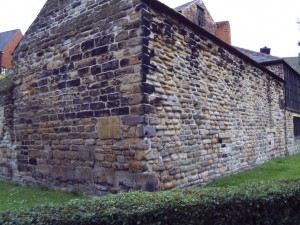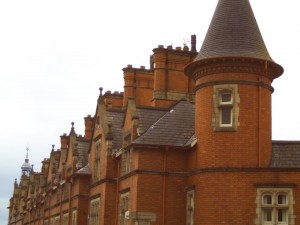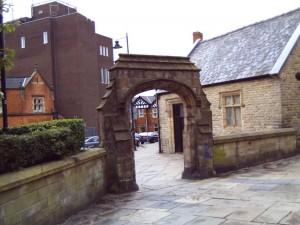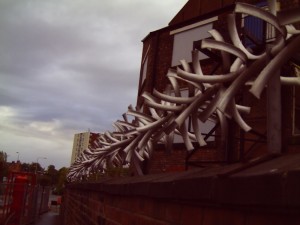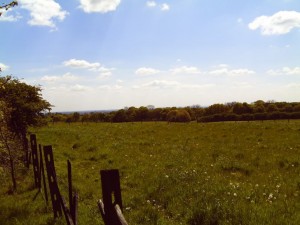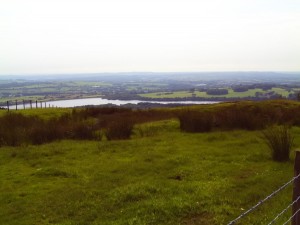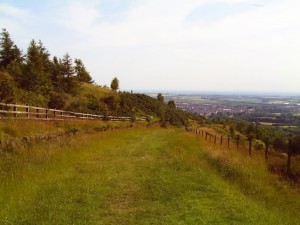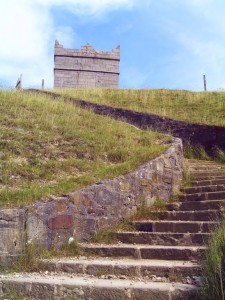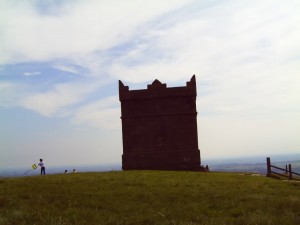I have been thinking a lot about the applications of city planning in Kelowna. However, when we briefly discussed it in class, I felt there was a very large and important component missing. British Columbia is unceded land. Indeed, we attend school on the the unceded land of the Syilx Nation. So what are the implications of this for settler society and city planning?
In this TedTalk, Dr. Jeannette Armstrong speaks about Indigeneity. Dr. Armstrong is an Okanagan knowledge keeper, Indigenous scholar and head of the Indigenous Studies department at UBC Okanagan. During her talk, Dr. Armstrong calls into question our ethics of development.
What motivates city planning in Kelowna? In short, resource exploitation, exploitation of the land, and depletion of natural capital are driving many mechanisms of planning in Kelowna. Dr. Armstrong suggests moving beyond this form of human-centric sustainability.
Re-Indigenization is about reconnecting to a specific place. Dr. Armstrong explains, Indigeneity occurs over a long period of time in a specific place, where people and organisms adapt and become interrelated. Living in a particular place, or being Indigenous, means participating in relationships that help regenerate the land and systems of that place. This idea stresses relationships or relationality. We have come across relationality and connectedness in urban planning through several different avenues. (Animation in the grands ensembles, systems rationale, and Jane Jacons emphasis on community relationships to place).
Vine Deloria, Jr. examines the place and power based conceptualization of American Indigenous people in “Power and Place Equal Personality” (2001). For Deloria, Western paradigms are unable to describe dynamic relationships (2001). Western knowing is based primarily on taxonomic identification and nomenclature, where objects are sorted out through a system of binaries (Deloria 2001). These naming hierarchies are viewed as infallible, however; they also accrue anomalies that cannot be explained by simple naming (Deloria 2001). Deloria writes, “American Indian knowledge of the world does not suffer this structural handicap” (2001:21).
Power is the animate energy that makes up the entirety of the universe while place is the “relationship of things to each other” (Deloria 2001:23). When these two concepts are understood in tandem, they create a sense of personality (Deloria 2001). That is to say, a person’s identity and role in the universe is equivalent to the energy of the universe combined with place or relationship. For many Indigenous people, these relationships have a moral component (Deloria 2001).
Furthermore, the moral component extends to prescriptive frameworks. Deloria postulates, “Thus, the Indian people were concerned about the products of what they did, and they sought to anticipate and consider all possible effects of their actions” (2001:23). This is extrapolated to create a sense of what is appropriate: How will relationships be impacted by actions and what is the appropriate respect and protocol (Deloria 2001)?
Relationships can be further defined and understood by examining Yale D. Belanger’s Ways of Knowing: An Introduction to Native Studies in Canada.
“To better understand the personal, interrelated nature of Creation, the oft-used example of the spider web is instructional. The web and all of its beings-be it the fly, the strands of the web, or the spider itself-merge to create one living organism. From a personal perspective, it may seem possible to travel to any part of that web without coming into contact with other relations such as the spider. From a distance, however, the web is an organism composed of a network of relations, and just like you the spider is itself an intrinsic part of the environment-it represents a relation within the web of life” (Belanger 2014:13).
Belanger goes on to explain that relationships exist as part of an interrelated whole, where constant change and interactions define “each person in relation to the surrounding environment and all of the beings inhabiting that territory” (2014:13). When considering city planning in Kelowna, perhaps Indigenous epistemologies should also be considered.
Belanger, Y. (2014). Ways of knowing: An Introduction to Native studies in Canada. Toronto,Ontario: Nelson Education.
Deloria, V. (2001). Power and Place Equal Personality. Power and Place: Indian Education in America. (21-28). Golden, Colorado: Fulcrum Publishing.

